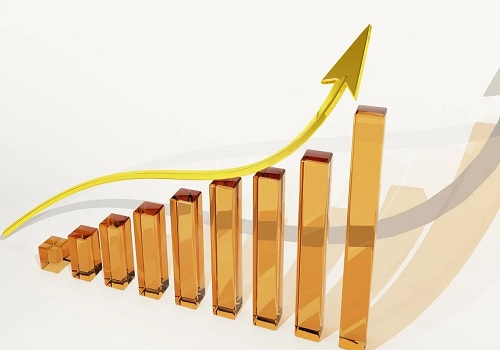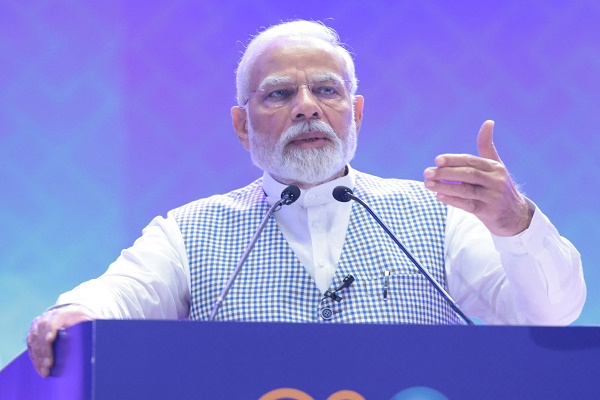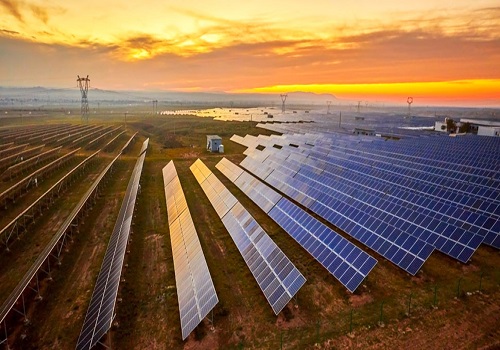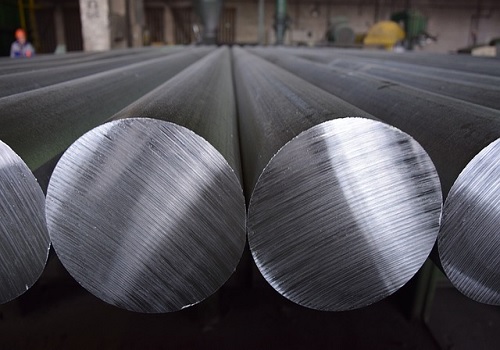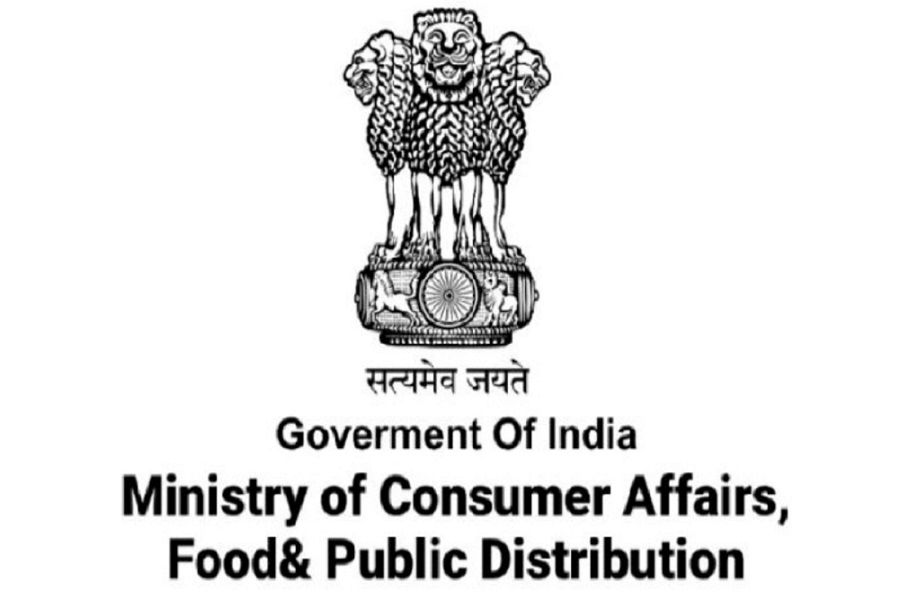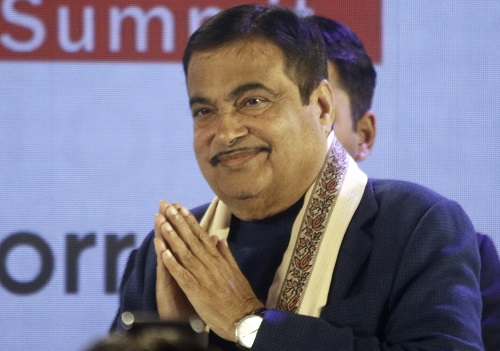Economy Update : Fiscal Accounts - The continuance of policy tweaks By Emkay Global

* The windfall tax on the production of petroleum crude and the excise duty on exports of petrol, diesel, and ATF will boost the Centre’s revenue kitty by Rs1.35tn, implying an effective revenue gain of ~Rs1tn for the remaining 9MFY23 (0.4% of GDP).
* While this move can largely offset an earlier excise duty cut on fuel prices, our O&G team believes this move is predominantly aimed at funding the OMCs’ under-recoveries on auto-fuels and LPG owing to the prevailing price freeze. We do not rule out some more excise cuts later, implying possible retention of OMCs’ margins to some extent and also some govt. revenue offset.
* We thus assume net estimated gains of 0.25% of GDP on fiscal revenues owing to new levies. Considering existing possible fiscal push-and-pull factors, the FY23 GFD/GDP could now slip by 0.25% of GDP to 6.65% (Budgeted 6.4%; Our earlier estimate: 6.9%). To that extent, the FY23 estimated additional gross borrowing may not exceed Rs400-500bn.
* Complementary policy efforts from both fiscal and monetary sides essentially reflect the looming pain on the BoP this year and the external imbalances thereof, apart from limitation on RBI’s FX intervention. As of now, we see a sharp BoP deficit of US$61bn, and CAD/GDP of 3.2% (US$112bn).
Windfall taxes on oil companies to boost exchequer’s kitty by Rs1tn in FY23, Ceteris Paribas…
The government imposed a special additional excise duty (SAED) of Rs13/ltr, Rs6/ltr and Rs6/ltr respectively on diesel, petrol and ATF exports in response to certain refiners drying out their domestic pumps and selling abroad amid all-time high margins. Irrecoverable SAED of Rs23,250/mt was also imposed on domestic crude oil sales, limiting windfall gains from elevated oil prices. The duties will be reviewed on the fortnightly basis. Based on current domestic crude oil sales and transport fuel export run rate, we estimate an annualized duty-led revenue gain of Rs 1.35tn for the Centre (Rs648bn due to Crude cess and Rs709bn due to export SAED). This implies an effective revenue benefit of ~Rs 1tn in remaining 9MFY23. While this move was partly expected, we believe an Ad-valorem tax instead of a special duty could have been more optimal, given expected Brent oil volatility in coming months. An Ad-valorem tax could have been auto-adjusting in case of sharp moves in oil markets, while the SAED would need to be tweaked by policymakers, especially as downside risks are unprotected.
…however this gain could be partly shared with OMCs reeling under deep losses
Our Oil & Gas team believes this move is predominantly aimed at funding the under-recoveries on auto-fuels and LPG due to the prevailing price freeze. Thy estimate a ~Rs2tn annualized under-recovery run rate (Rs1.6-1.7tn in FY23 under current run rate). While the current scenario is weak for OMCs, and with the fuel deregulation aim being majorly affected, the supposed Rs1tn fund raise implies that some respite may be underway for them. More clarity is still awaited, but we think gasoline and diesel excise cuts later (~Rs3-4/litre) and retention of OMCs’ margin seem to be the most rational ways to address this. Higher export parity pricing can also have a positive impact on domestic auto-fuel trade parity prices. Hence, over half of OMCs’ under-recoveries could be theoretically funded with the additional SAED. We recall that the government had last cut Rs8/litre and Rs6/litre on gasoline and diesel, respectively to pre-pandemic levels, and OMCs seemed to have passed on duty cut benefits to consumers.
Fiscal impact is net positive but may not be fully realized; GFD/GDP to be 6.6%
As discussed above, while the gross fiscal impact of SAED in FY23 could potentially be 0.4% of GDP, we assume 0.15-0.2% of the same could be later used to fund OMCs’ under-recoveries. Besides, high windfall taxes on Upstreams could impact the government’s dividends from OIL and ONGC, albeit quite marginally. Overall, we assume net estimated gains of 0.2-0.3% of GDP on fiscal revenues. Separately, the government also increased the customs duty on gold imports to 15% from 10.75%. This could also impact gold import volumes and counter high-duty gains. In conjunction with earlier fiscal measures, the other possible push and pulls from tax and non-tax revenues and subsidies, the FY23 GFD/GDP could now slip by 0.25% of GDP to 6.65% (Budgeted 6.4%; Our earlier estimate: 6.9%). To that extent, the FY23 estimated additional gross borrowing may not exceed Rs400-500bn vs. Rs1.1bn estimated earlier. (Fiscal Policy; Counter-cyclicality Ahoy!, May 23,2022).
Policy complementarity needed to manage impending pressure on CAD
The indirect import and export curbs by duty tweaks aim to reduce impending pressure on CAD, and thus the currency. This policy action comes after the RBI’s consistent intervention in all currency trading spaces to signal its support. Dislocation in forward rates, falling FX cover and persistently high commodity prices imply the RBI’s intervention strategy cannot be the sole support for INR and fiscal support in the form of trade curbs might be needed. In all, complementary policy efforts from both fiscal and monetary sides essentially reflect the looming pain on the BoP deficit this year and the external imbalances thereof. As of now, we see a sharp BoP deficit of US$61bn, CAD/GDP at 3.2% (US$112bn) in FY23E and basic BoP deficit (CAD+FDI) worsening to levels seen last in 2013. We believe RBI should eventually let the exchange rate adjust to new realities, albeit orderly, letting it act as a natural macro stabilizer to the policy reaction function. (INR; Should RBI let it be? Jun 28,2022)
To Read Complete Report & Disclaimer Click Here
For More Emkay Global Financial Services Ltd Disclaimer http://www.emkayglobal.com/Uploads/disclaimer.pdf & SEBI Registration number is INH000000354
Above views are of the author and not of the website kindly read disclaimer


